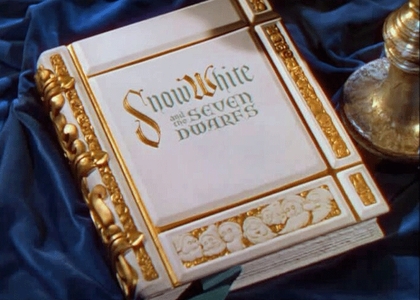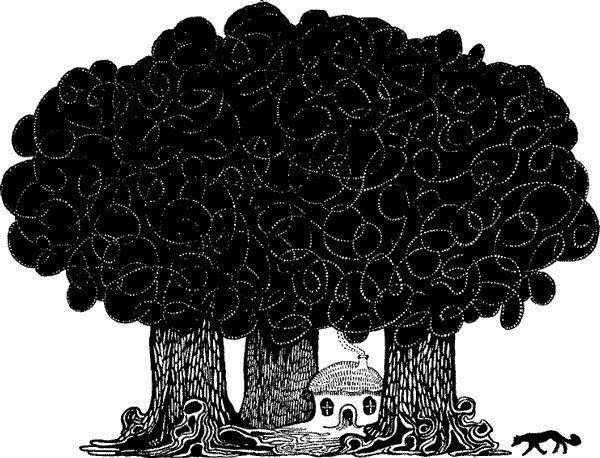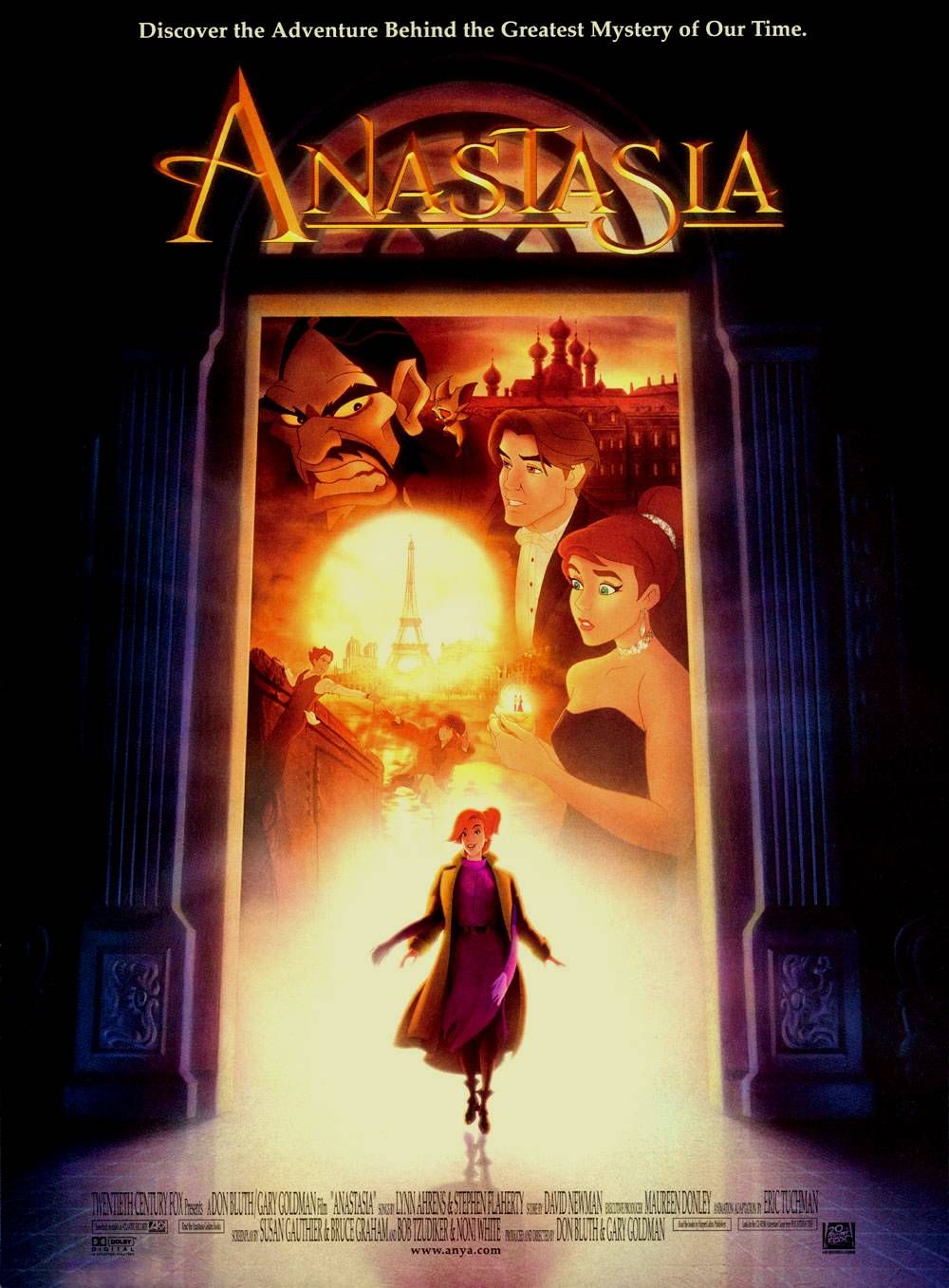I was already prepared from reading in the Chicago Tribune that the exhibit focused on movie props and animation, not on storylines or specifically fairy tales. But of course, no display of Walt Disney's life would be complete without reference to fairy tales. In the article, Steve Johnson also pointed out his disappointment that the museum didn't go more into Disney's life, "the good and the bad." I was surprised by this initially, because this is not a display somewhere in Disneyland, but put on by a respected and unbiased museum-until I saw that the whole thing was put on by D23, Disney's official fan club. And really to be fair, only so much can fit into one exhibit, and it's a science museum after all, so it makes sense they would focus on animation.
And animation is where Disney shines most when we look back-this form of storytelling would be very different today if it weren't for Walt Disney. It's rather unfortunate that someone so innovative and forward thinking couldn't be more progressive when it came to his portrayals of women in fairy tales. In my opinion, Disney's movies really aren't that bad in and of themselves, especially compared to much of the media coming out at the same time (although you will find many who vehemently disagree with me on that)-what's really telling is looking at each fairy tale's history, and how in that sense, his ideas seemed almost backwards. And while we could have expected a little more from him, at the time critics and fans alike absolutely loved his movies-there were even fan letters from other celebrities and presidents. I don't know enough history to fully understand the attitudes of the time, but it's safe to say people had different expectations from there entertainment in Walt's early career than we do today.
Of course you won't find any of that in this museum. The only thing they mention about storyline is how Walt invented the storyboards. But, aside from that, it was still really interesting. I'd read about the multiplane camera before, another invention of the Disney company (although not actually Walt himself, as the exhibit made it seem), but only had a vague idea of how it worked. But now I understand what it is and appreciate the creativity that went into creating it.
I also really enjoyed seeing movie props, like the costumes from Mary Poppins, and the storybooks used for the openings of the first Disney Princess movies.
I also thought it interesting to see how, in the span of Disney's creations, though the creators of this exhibit lauded his genius as storyteller, I'd say at least 50% of his movies were taken from either fairy tales or well-known books. It's a little more challengin to create your own masterpiece then to interpret a story that is already well-loved...but whatever your personal opinions of Disney, you can't deny how influential he was. From his earliest laugh-o-grams to the present, fairy tales were integral to Disney's success, and in turn his interpretations of the tales placed him as one of the most significant people in the history of fairy tales (one fan letter the museum displayed, I think from Cecil B. Demille, said that "Germany had its brothers Grimm, and America its Disney!"). I'd recommend the exhibit to anyone else in the Chicago area who has a soft spot for Disneyana!


















